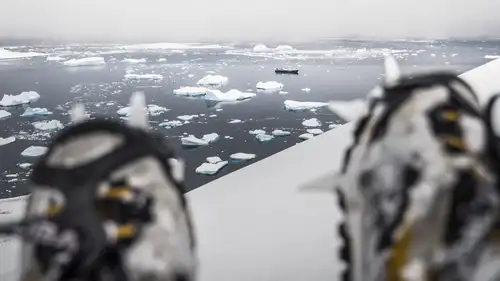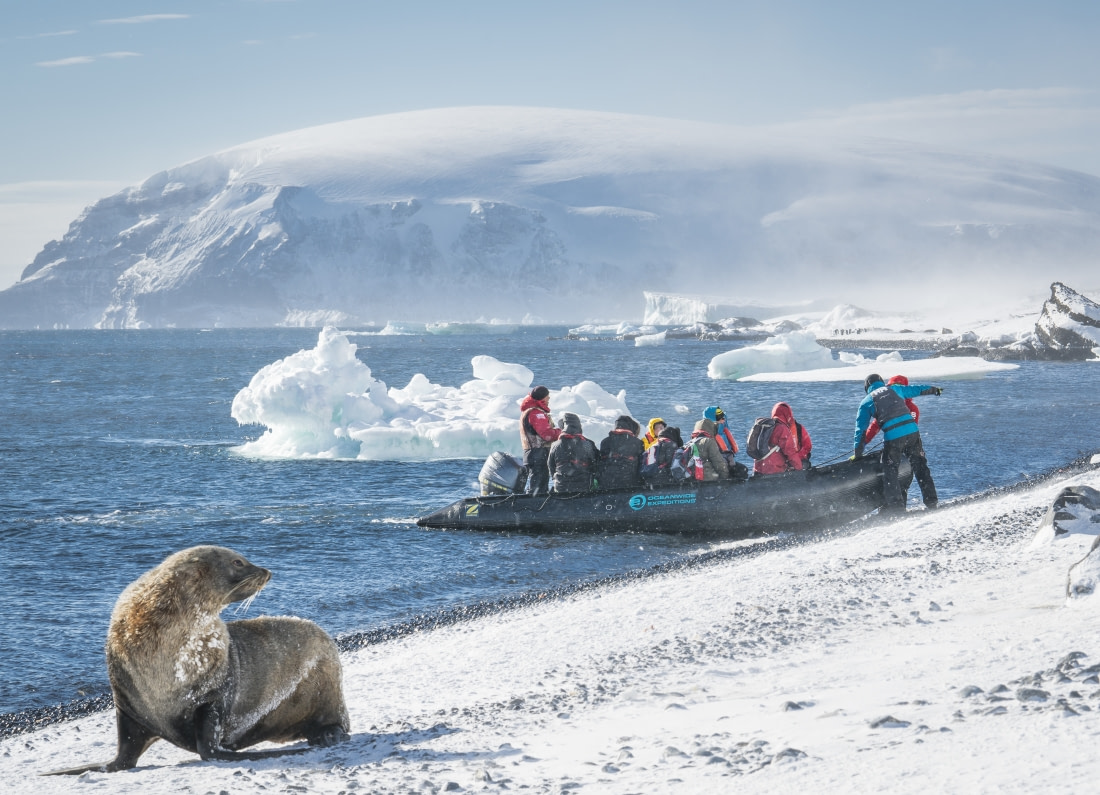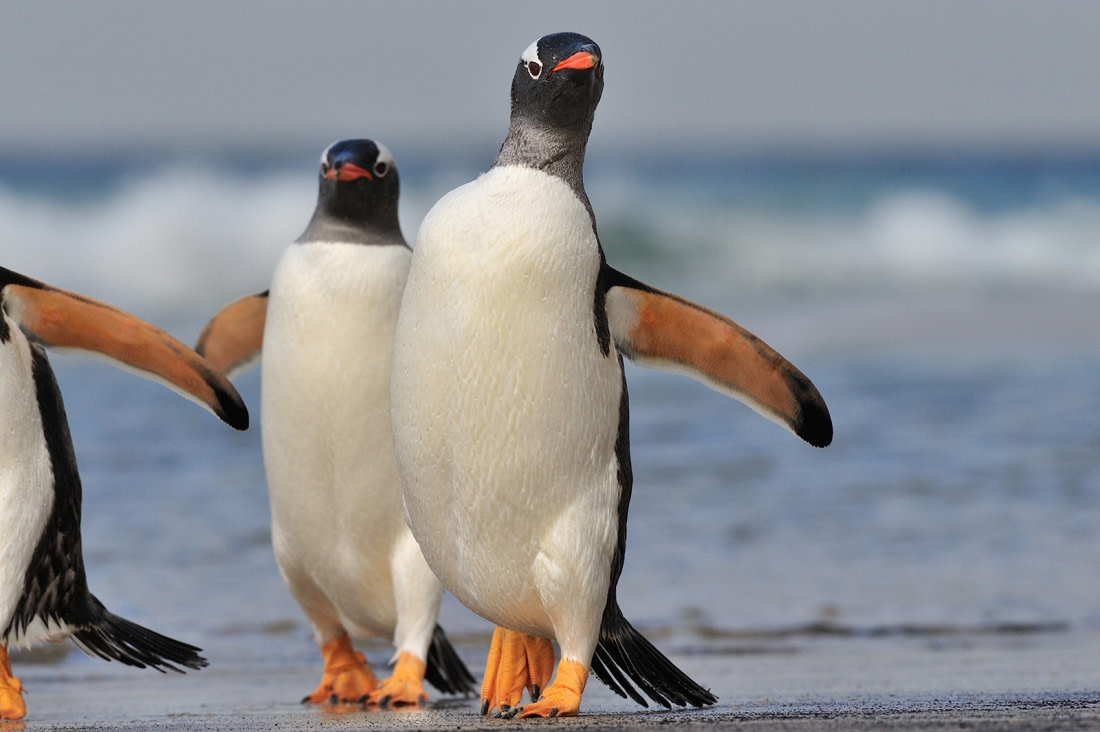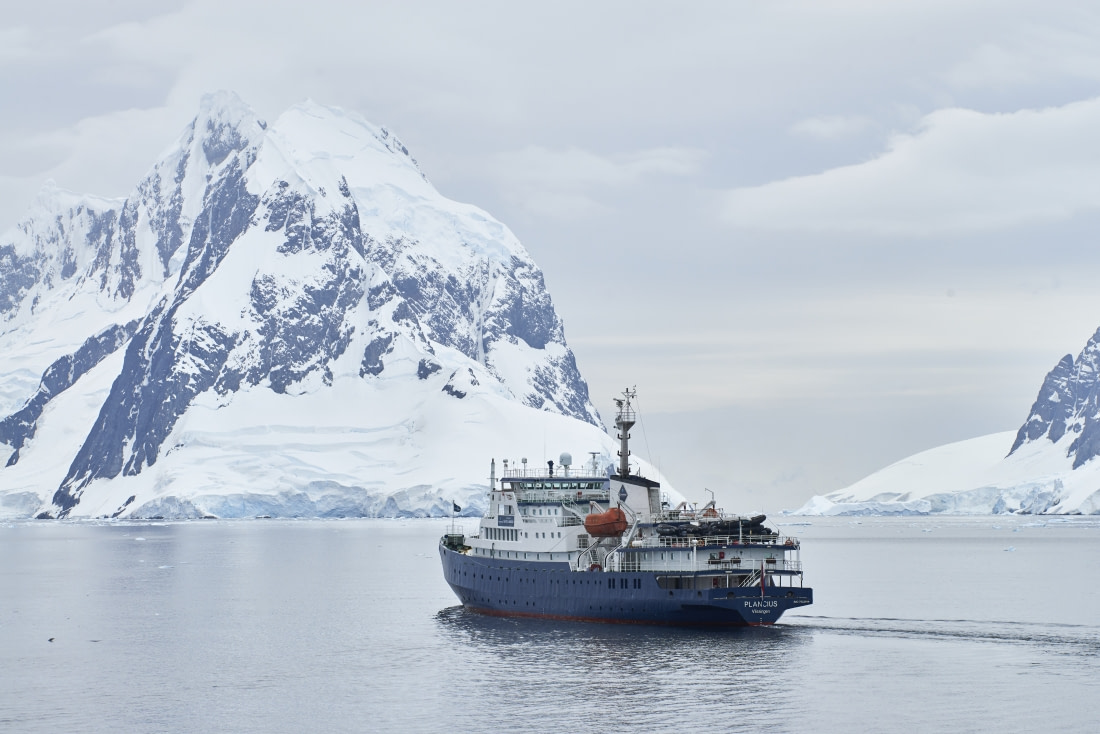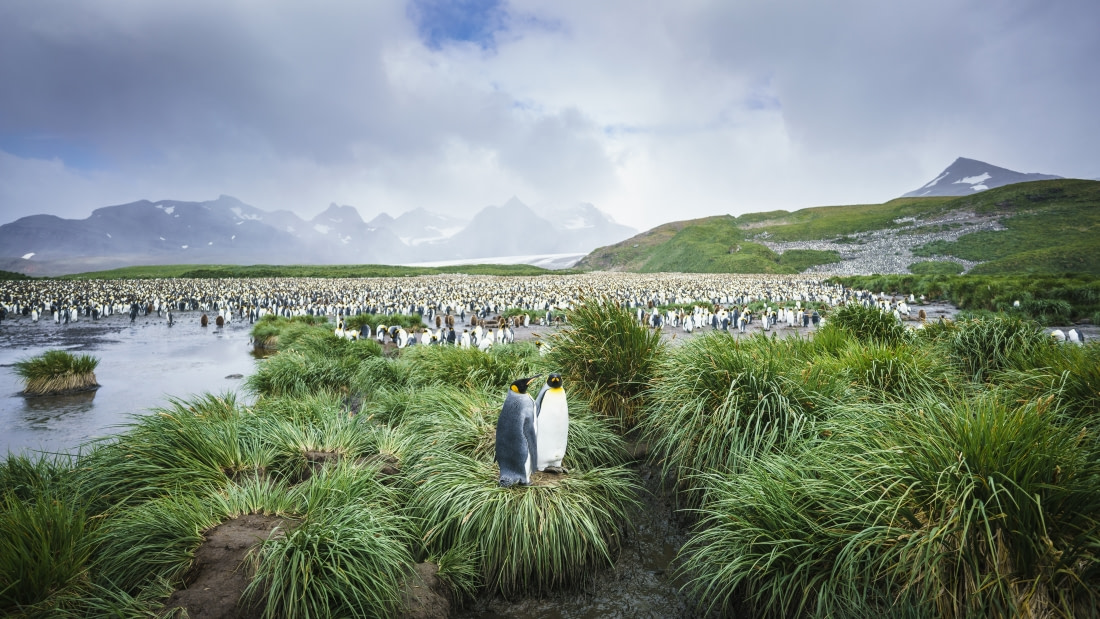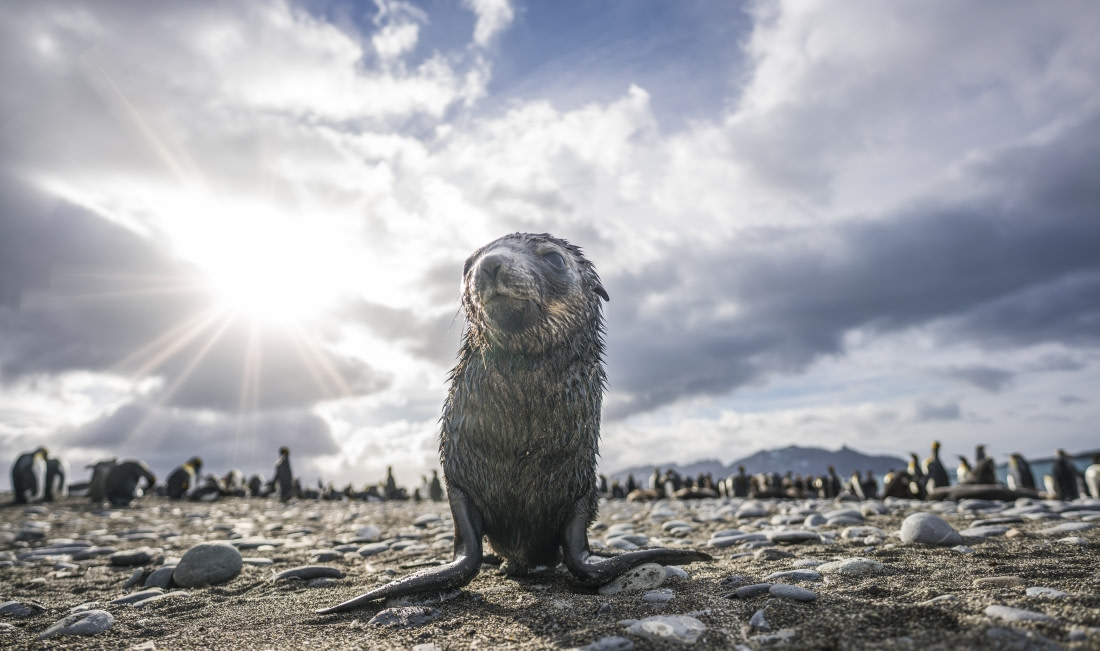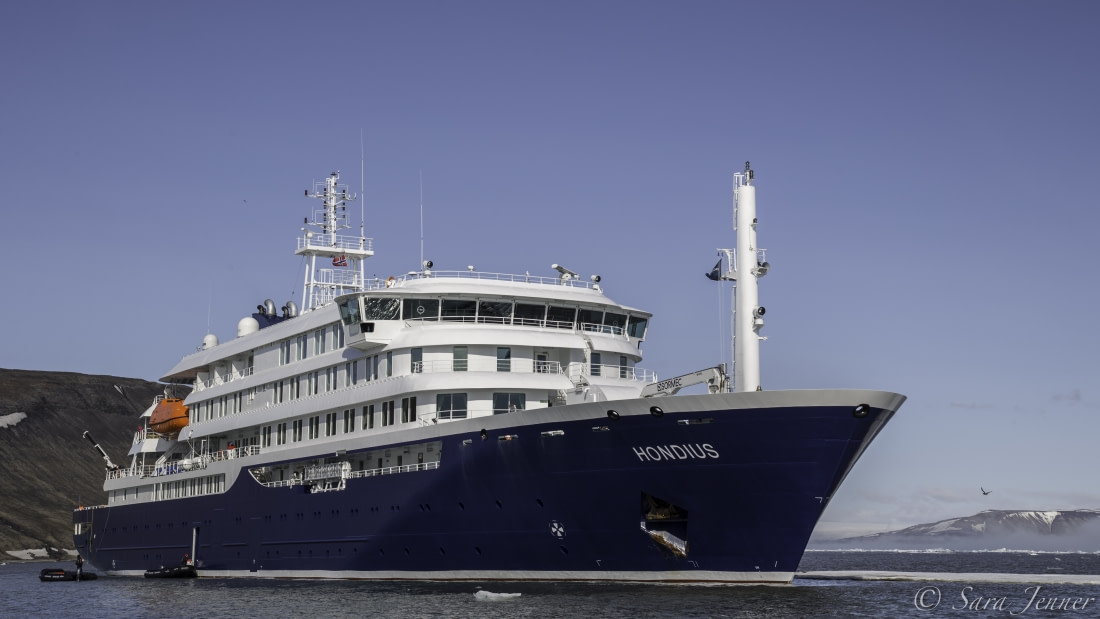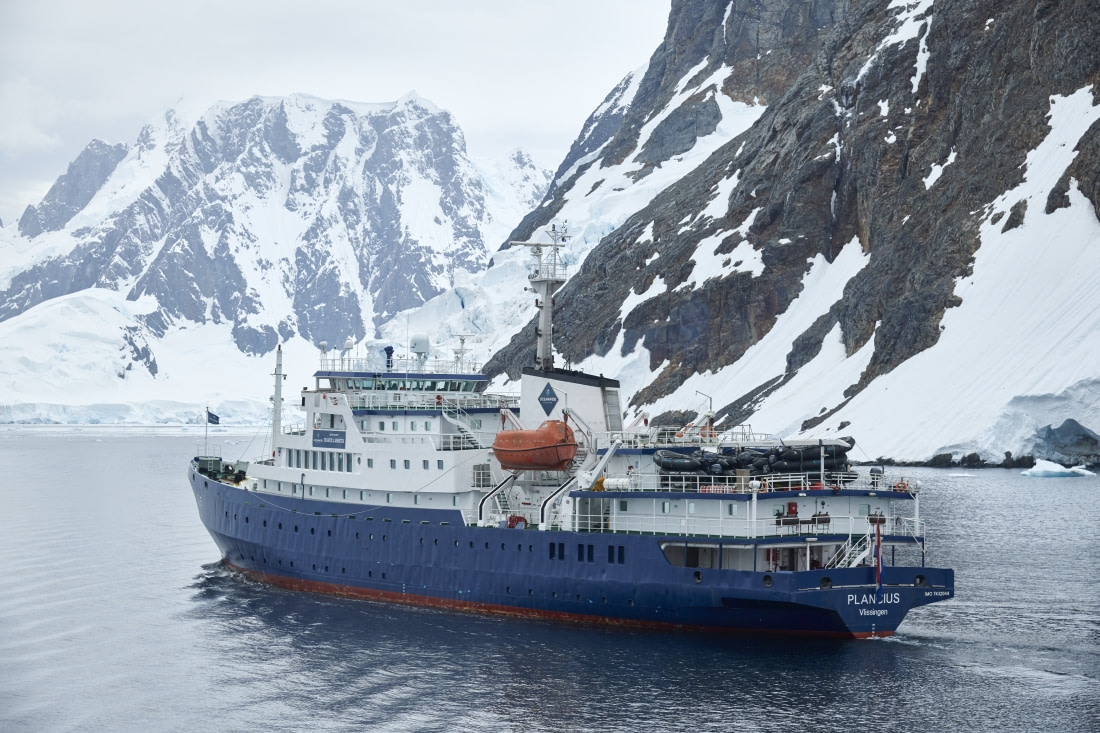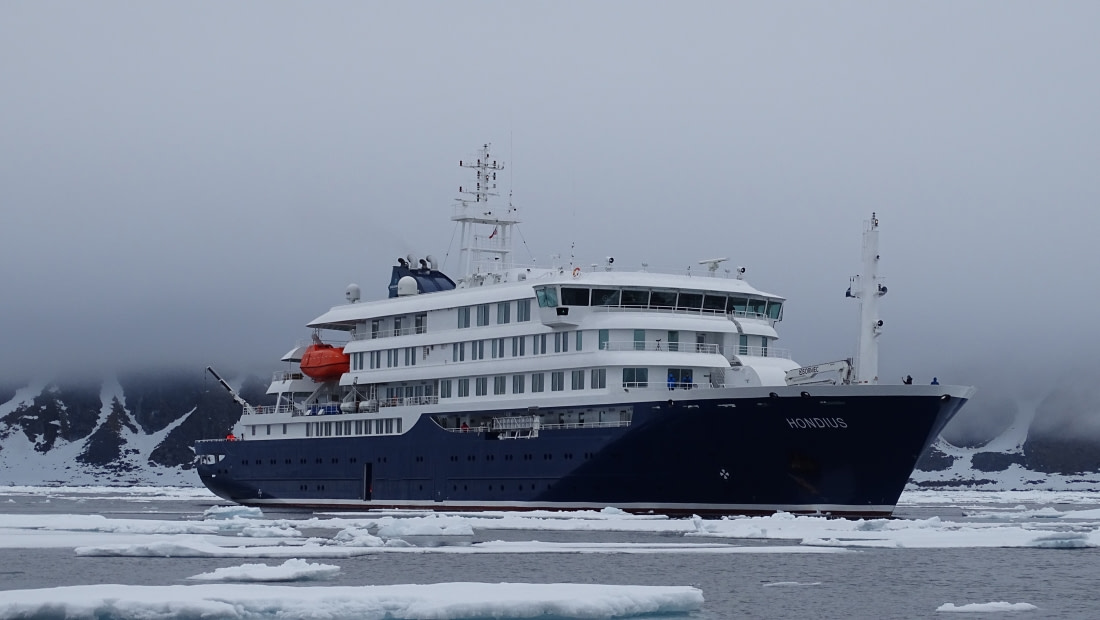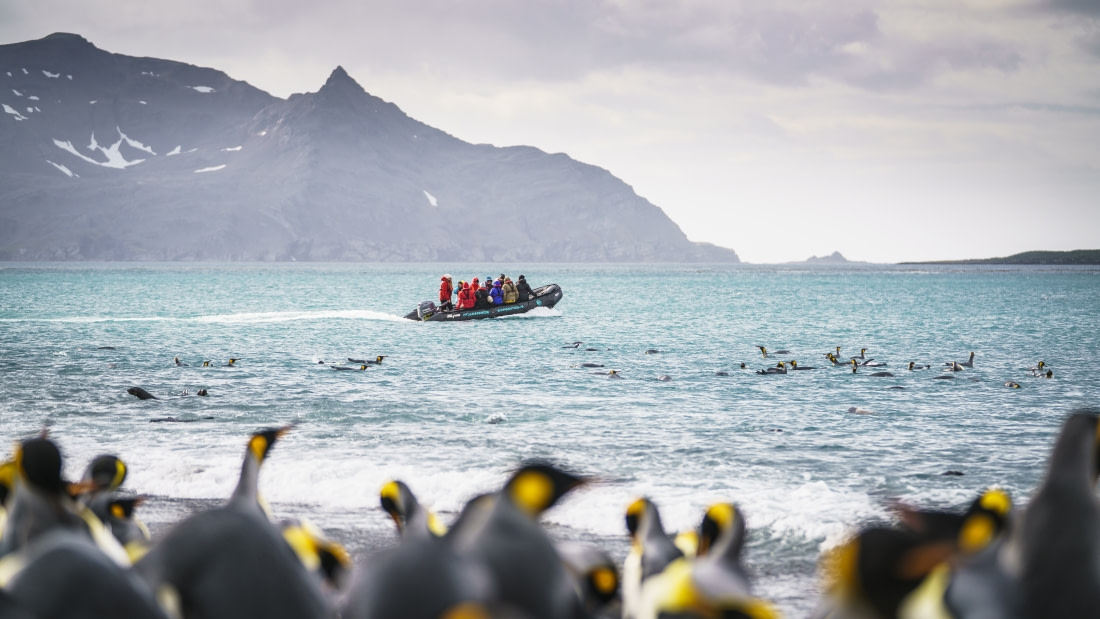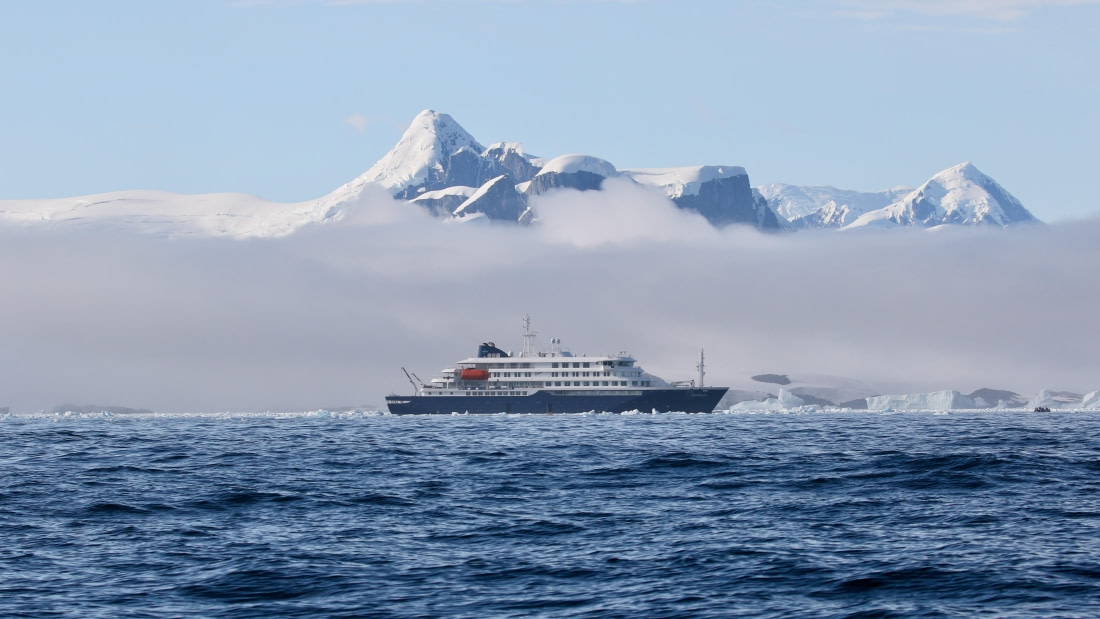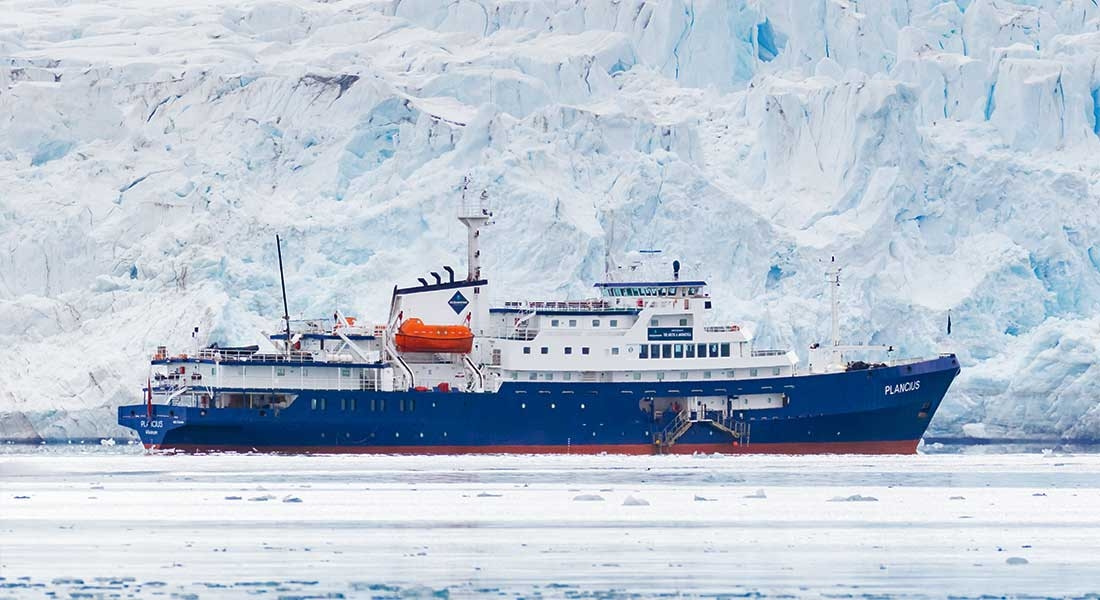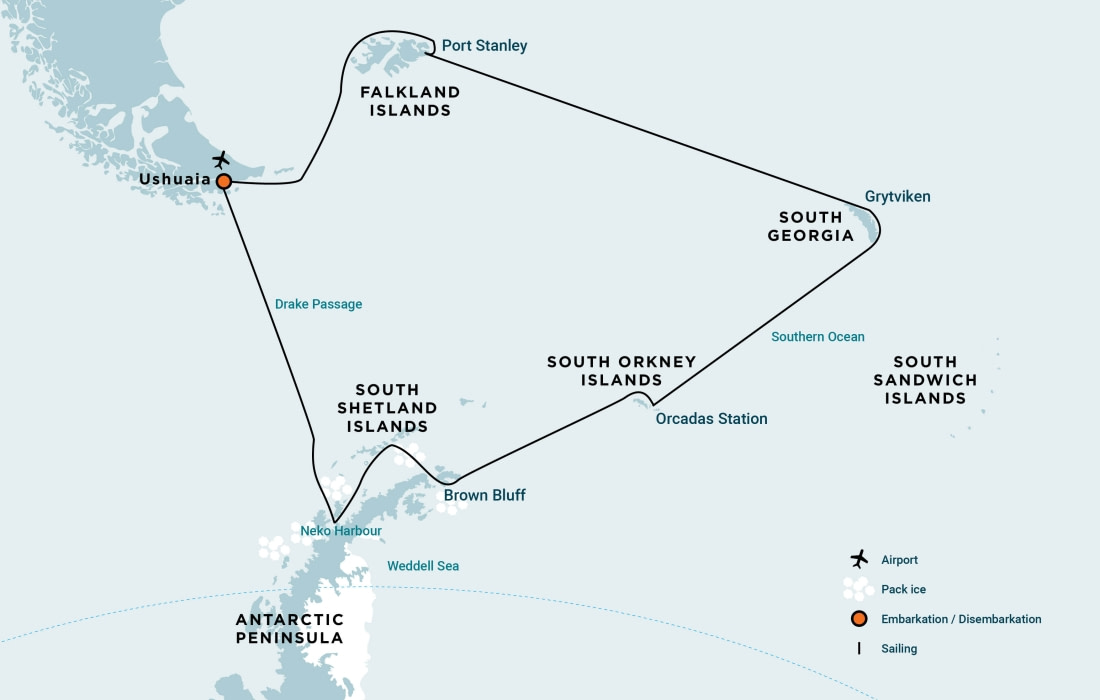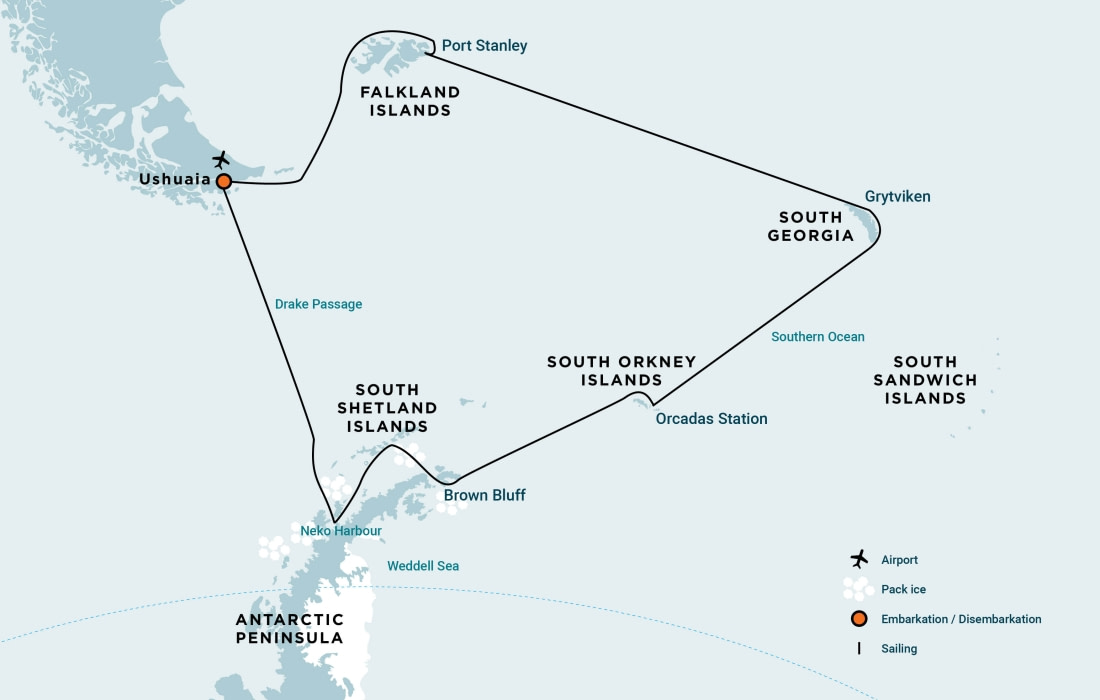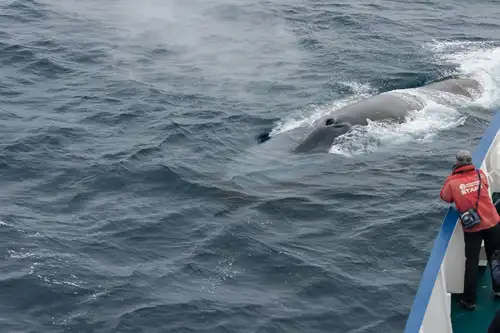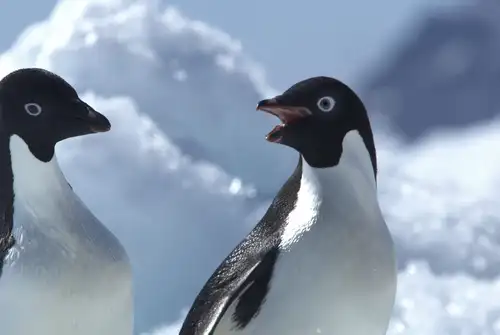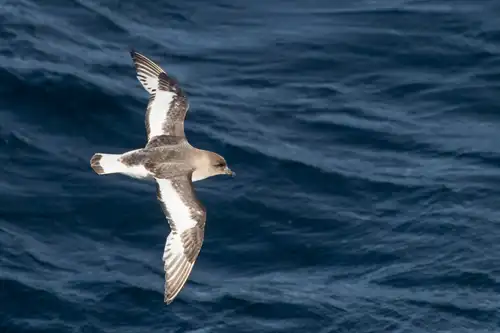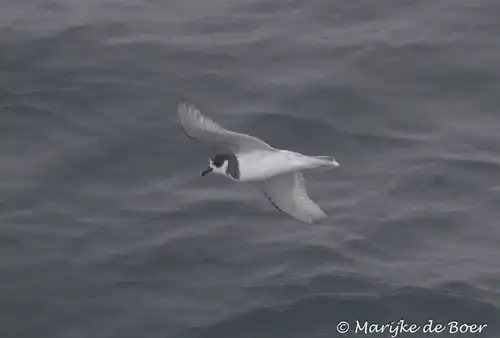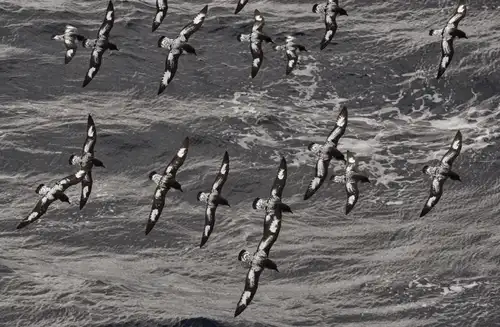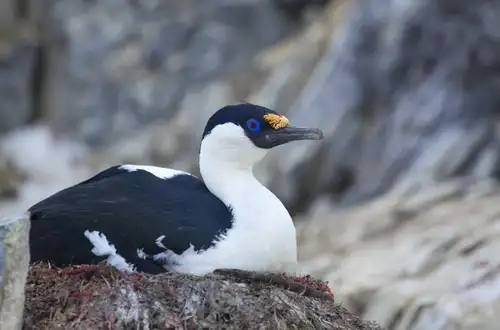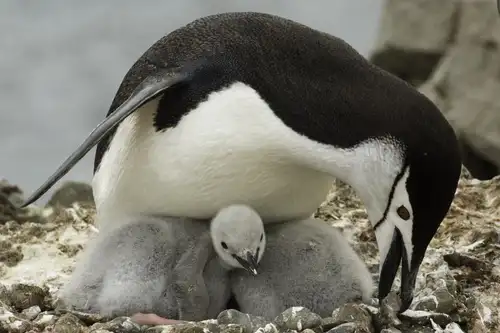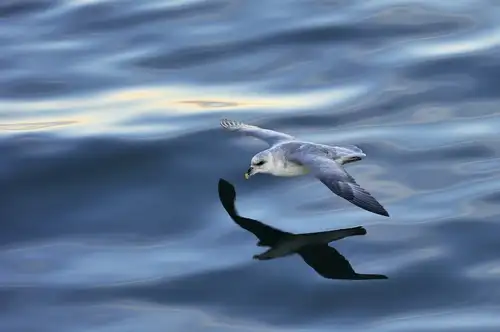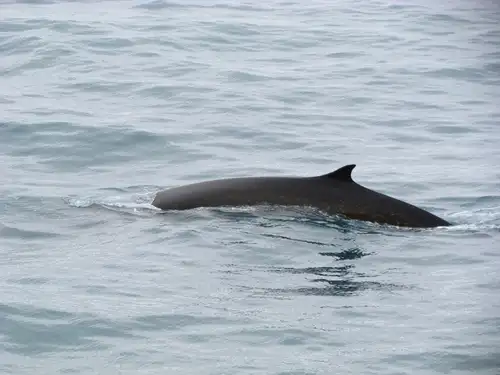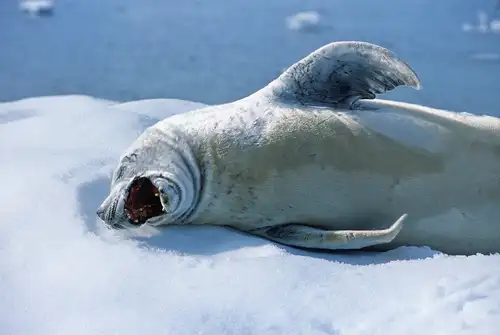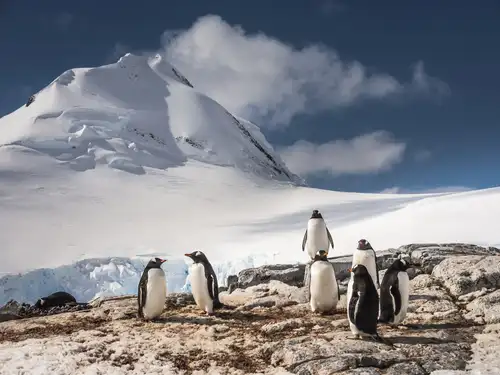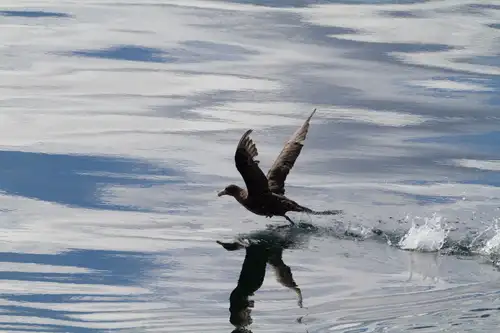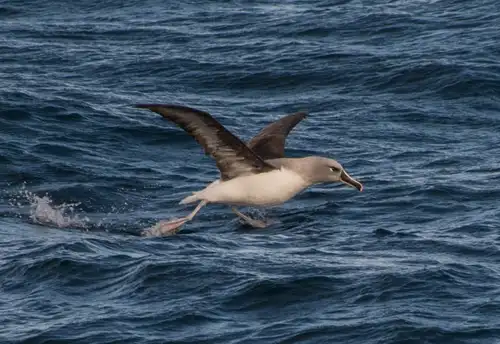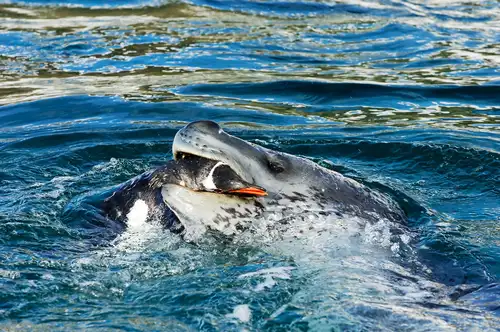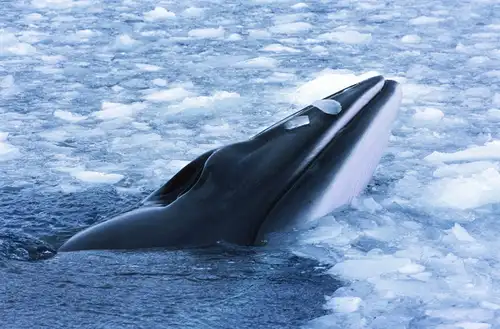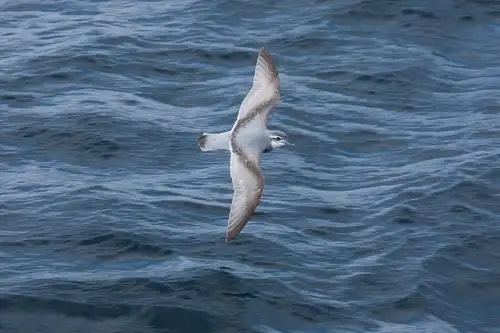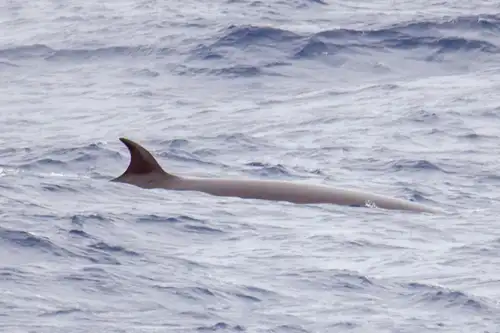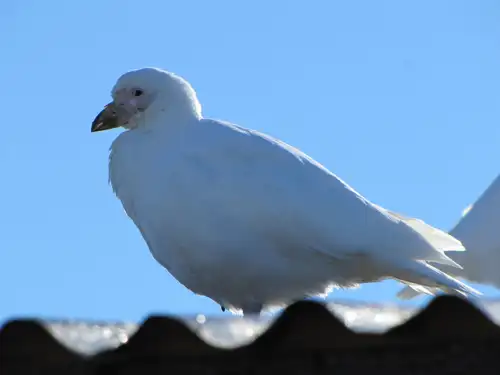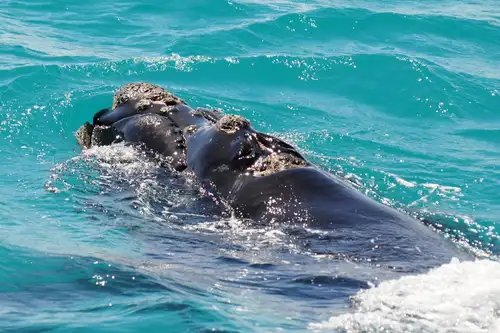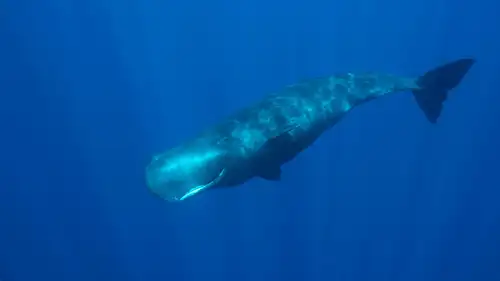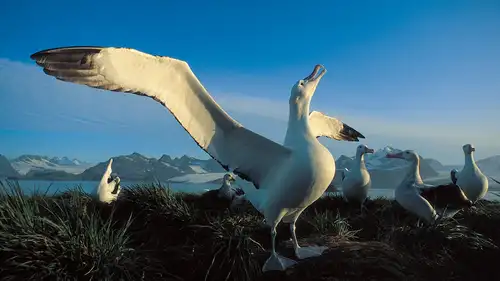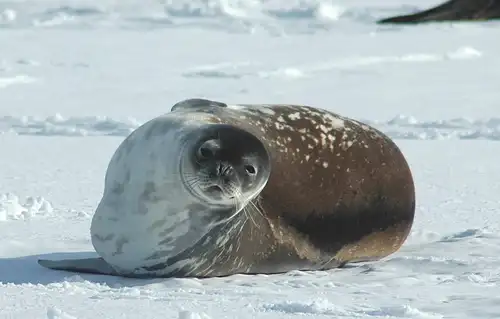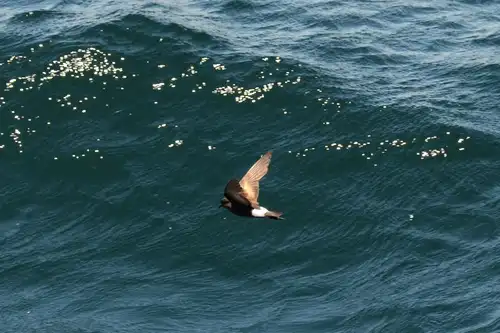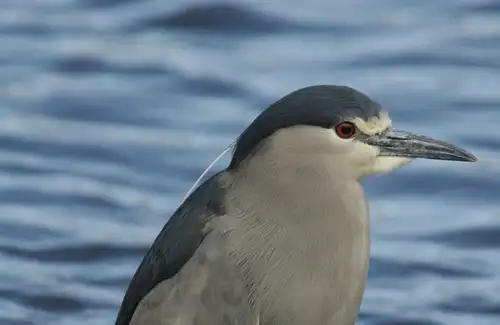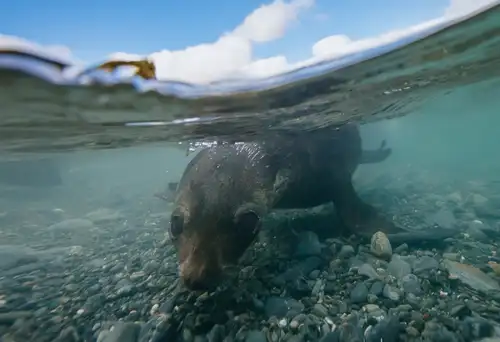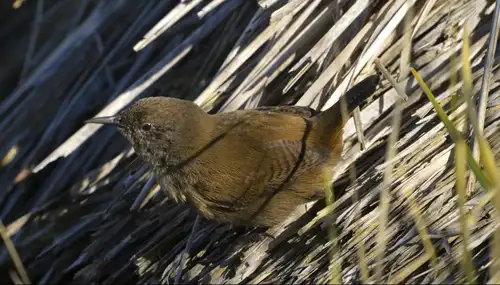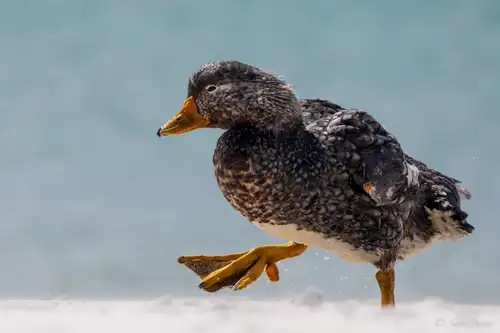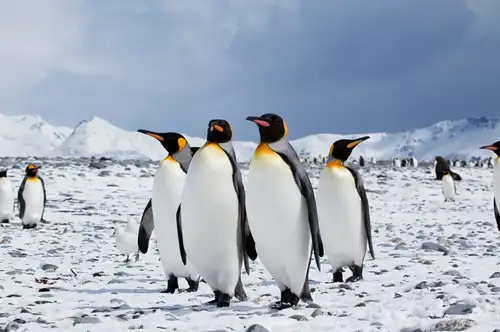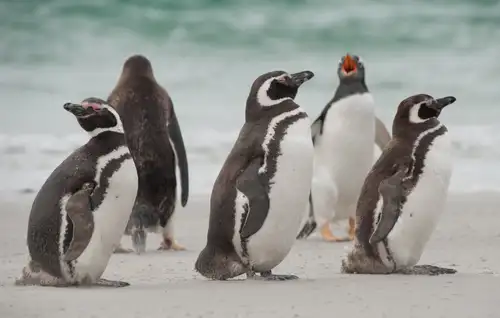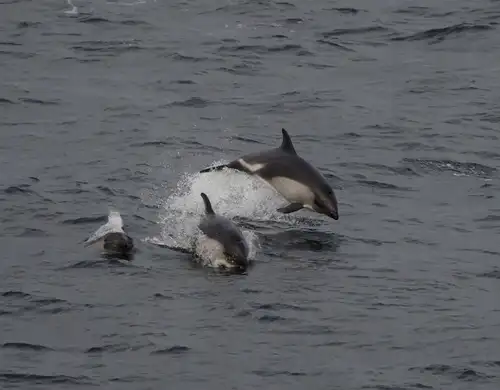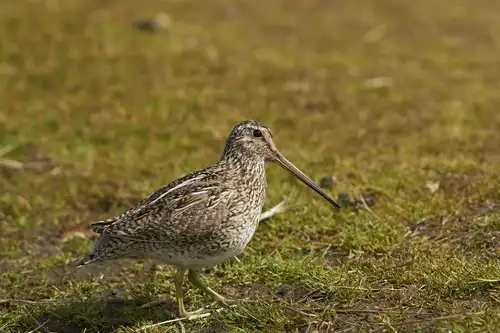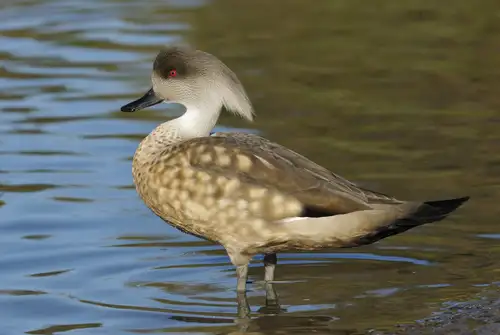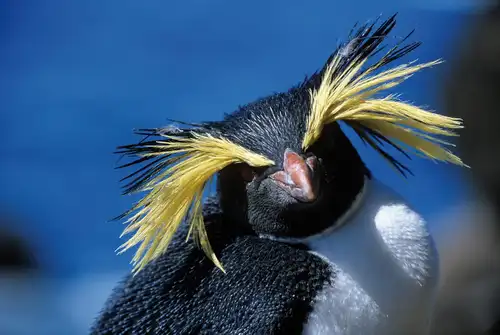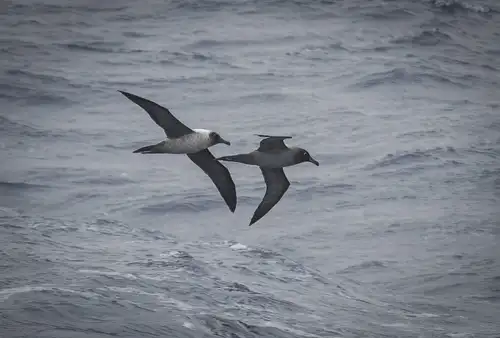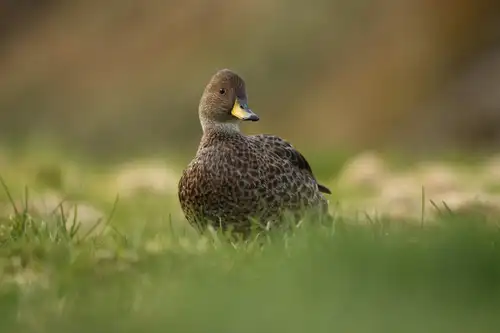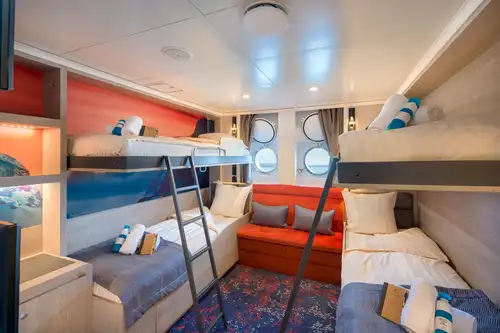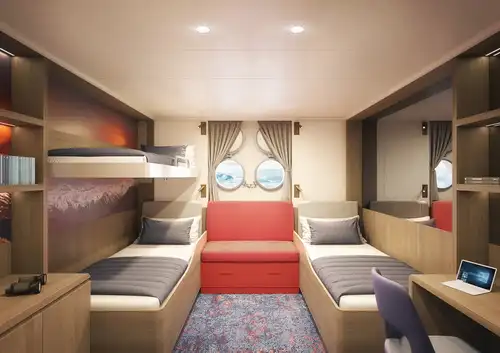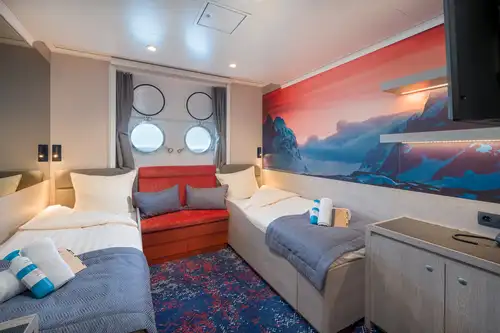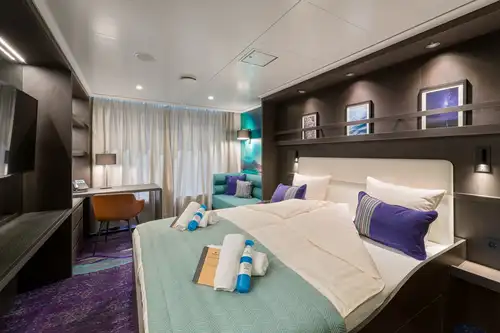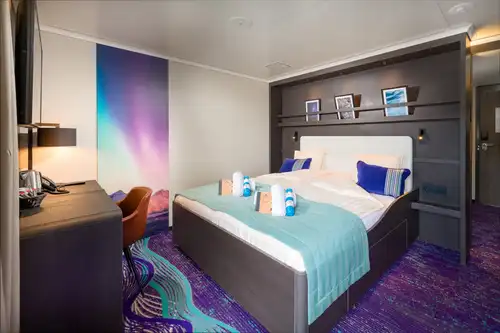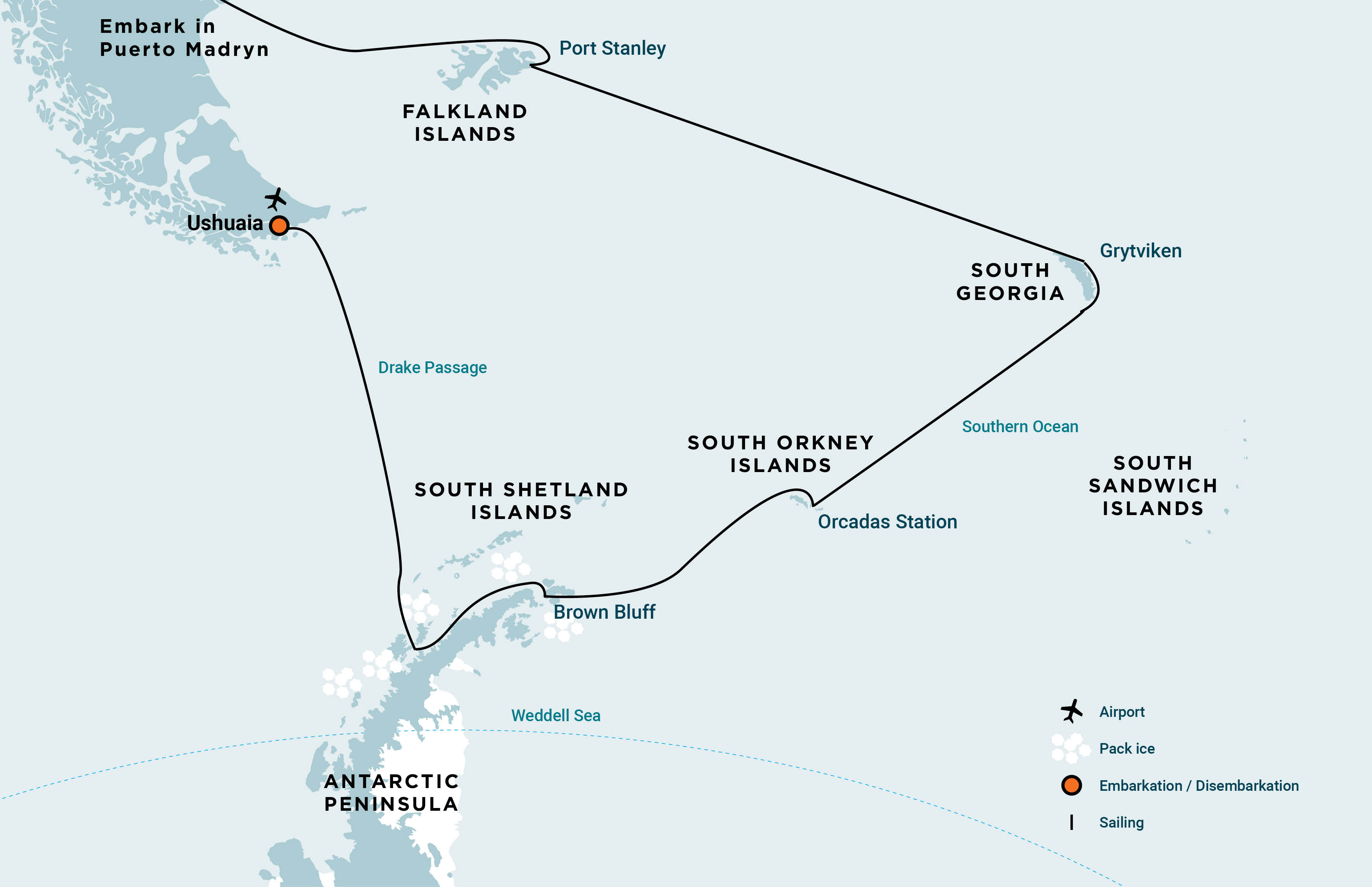

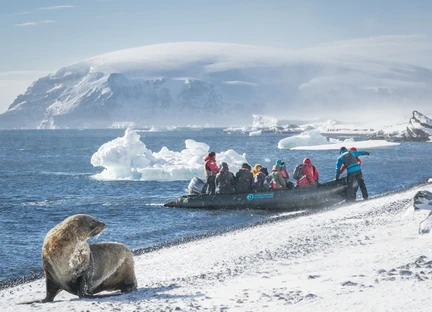
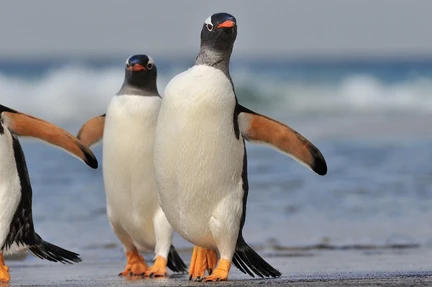
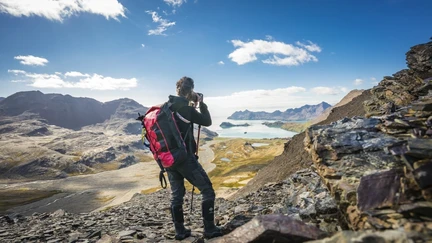
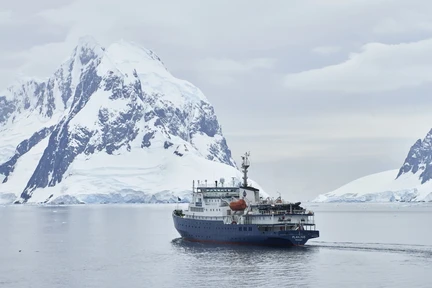


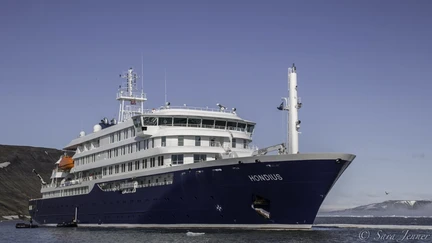


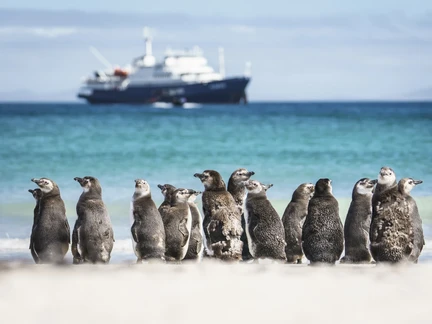
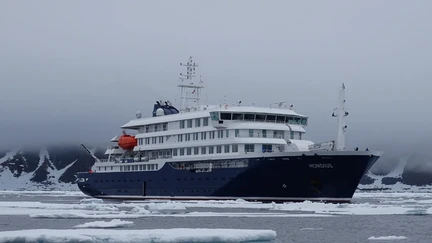
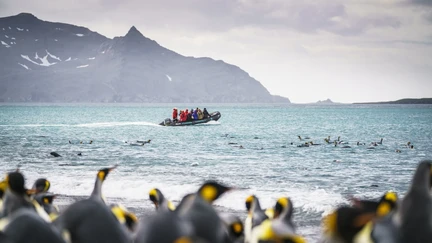
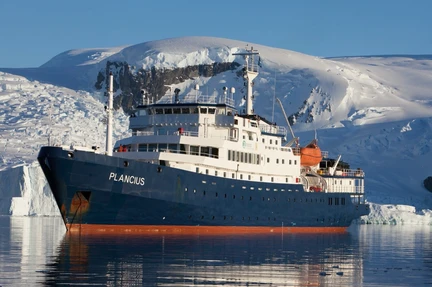
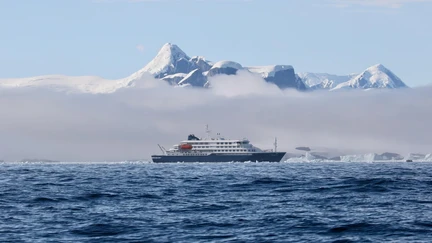
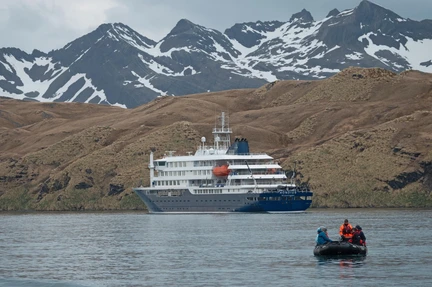


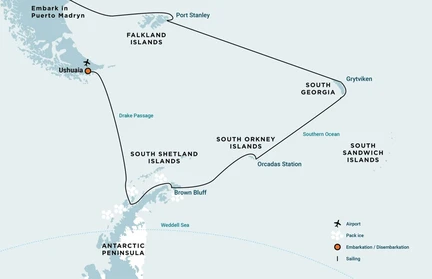
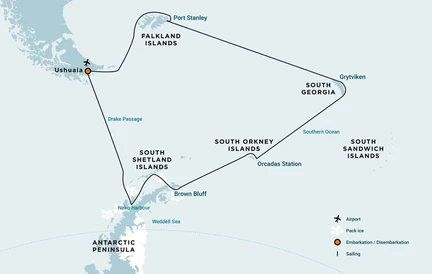
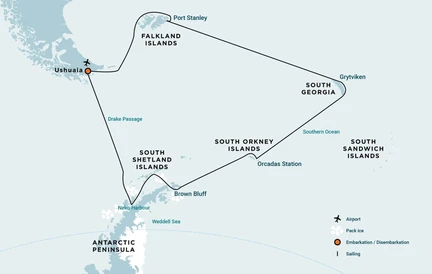









































 21 Days/20 Nights
21 Days/20 Nights




Start your expedition from Puerto Madryn, aiming for the Falkland Islands. You might spot southern right whales in Golfo Nuevo as you head to the open sea.
Sea Life and Birds
At sea, you're never alone. Birds like albatrosses, storm petrels, shearwaters, and diving petrels follow the ship.
Discovering the Falklands
The Falkland Islands are rich in wildlife. You might see Peale’s and Commerson’s dolphins. Possible stops include:
- Steeple Jason: Home to the largest black-browed albatross colony.
- Carcass Island: Rodent-free, full of birdlife, including Magellanic penguins.
- Saunders Island: See black-browed albatross, imperial shags, and various penguins.
Port Stanley
Explore the Falklands' capital, Port Stanley, with its Victorian charm, colorful houses, and English-style pubs. Visit the museum to learn about the area's history.
Back to Sea
Cross the Antarctic Convergence on your way to South Georgia. The cooler waters attract many seabirds.
South Georgia Exploration
Weather dictates your activities. Possible sites include:
- Salisbury Plain, St. Andrews Bay, Gold Harbour: Large king penguin colonies and elephant seals.
- Fortuna Bay: Follow Shackleton’s route to Stromness.
- Grytviken: Visit the South Georgia Museum and Shackleton’s grave.
In the afternoon, head towards the South Orkney Islands.
Journey South
Watch for sea ice and seabirds like south polar skuas and snow petrels.
South Orkney Views
Visit Orcadas Base on Laurie Island or land at Signy Island’s Shingle Cove, depending on conditions.
Entering Antarctica
Look for icebergs and fin whales. Activities start in the afternoon.
Antarctic Wonders
If ice allows, enter the Weddell Sea. Possible stops include Paulet Island and Brown Bluff. If not, head to Elephant Island and the Bransfield Strait. Explore the South Shetlands, including Half Moon Island and Deception Island.
Return Journey
Cross the Drake Passage, accompanied by familiar seabirds.
Ushuaia Arrival
Disembark in Ushuaia, the world’s southernmost city, with memories of your Antarctic adventure.





























































































m/v Hondius
Hondius is the world’s first-registered Polar Class 6 vessel and was built from the ground up for expedition cruising.

Specifications
| Passengers: | 170 in 80 cabins |
| Staff & crew: | Crew 57 | Guides 13 | Doctor 1 |
| Length: | 107.6 meters |
| Breadth: | 17.6 meters |
| Draft: | 5.30 meters |
| Ice class: | Polar Class 6 (equivalent 1A-Super) |
| Displacement: | 5,590 tonnes |
| Propulsion: | 2 x ABC main engines; total 4,200 kW |
| Speed: | 15 knots |
Cabins Gallery


Ship Interior Gallery


Ship Exterior Gallery


Hondius is the first-registered Polar Class 6 vessel in the world, meeting the latest and highest Lloyd’s Register standards for ice-strengthened cruise ships. Surpassing the requirements of the Polar Code adopted by the International Maritime Organization (IMO), Hondius represents the most flexible, advanced, innovative touring vessel in the polar regions, thoroughly optimized for exploratory voyages that provide you the utmost first-hand contact with the Arctic and Antarctica.
Happier polar passengers, healthier polar environment
Not only will the numerous amenities and on-board entertainments help make your Hondius voyage truly memorable, this ship also gives you the peace of mind that comes with choosing one of the most environmentally friendly vessel on the polar seas.
Hondius uses LED lighting, steam heating, bio-degradable paints and lubricants, and state-of-the-art power management systems that keep fuel consumption and CO2 levels minimal. This means that when you sail aboard Hondius, you get to enjoy the exotic landscapes and wildlife as much as possible while impacting them as little as possible.
Hotel comfort, expedition class
The best view is always on the outer deck or the bridge. Hondius offers high-quality accommodation for 170 passengers in six grand suites with balconies (27 square meters, 291 square feet), eight junior suites (19 to 20 square meters, 205 to 215 square feet), eight superior cabins (20 to 21 square meters, 215 to 226 square feet), 11 twin deluxe cabins, (19 to 21 square meters, 205 to 226 square feet), 14 twin window cabins (12 to 14 square meters, 129 to 151 square feet) as well as 27 twin porthole cabins, two triple porthole cabins, and four quadruple porthole cabins that vary in size from 12 to 18 square meters, or 129 to 194 square feet.
One deck consists of a large observation lounge and a separate lecture room, which are reserved for a wide variety of interactive workshops, exhibitions, and performances particular to Hondius.
Swift & safe ship-to-shore operations
It is our philosophy to keep sea time short so that we can focus instead on fast, effective access to shore and near-shore activities. To give you the maximum contact with the nature and wildlife you traveled so far to see, we employ a tough fleet of rigid-hull inflatable Zodiac boats that guarantee swift and safe landing operations for the passengers. Hondius has two separate gangways and a sheltered indoor Zodiac boarding area that can also be used for special outdoor activities, such as kayaking.
What to wear
In keeping with the spirit of the expedition, dress on board is informal. Bring casual and comfortable clothing for all activities, and keep in mind that much of the scenery can be appreciated from the deck ― which can be slippery. Bring sturdy shoes with no-slip soles, and make sure your parka is never far away in case one of our crew shouts “Whales!” over the loudspeaker and you have to dash outside at a moment’s notice. Opt for layers, as it is comfortably warm aboard the ship though often cold on deck.
How to pay
Refreshments and souvenirs will be charged to your cabin. The day before departure you can settle your bill with the hotel manager, paying by credit card (Visa or MasterCard) or cash (euro, or in some cases dollar). We cannot, however, accept checks. Though the prices and standard currency on board is in the euro, other currencies may be accepted at the discretion of the hotel manager, at prevailing rates.
Electric current
The electrical supply aboard ship is 220v, 60Hz. Electrical outlets are standard European with two thick round pins, so some passengers may need a 220v/110v converter.
Gratuities
The customary gratuity to the ship’s service personnel is made as a blanket contribution at the end of the voyage and is divided among the crew. Tipping is a personal matter, and the amount you wish to give is at your sole discretion. As a generally accepted guideline, we suggest 15 euros per passenger per day. It is better for the crew if you give cash.
Non-smoking policy
We have a non-smoking policy inside all our vessels, though you can smoke in certain designated areas. We ask that you please respect the wishes of non-smokers.
Your physical condition
You must be in good overall health and be able to walk several hours per day. The expedition is ship-based and physically not very demanding, but we spend as much time as possible on shore. You are, however, welcome to remain aboard the ship if you prefer. To join most excursions you must be able to get up and down the steep gangway ― from the ship to the water level ― to board the Zodiacs. Staff will assist you in and out of the boats, and boarding will become progressively easier with practice, but conditions on shore can be slippery and rocky. Remember, you will be traveling in remote areas without access to sophisticated medical facilities, so you must not join this expedition if you have a life-threatening condition or need daily medical treatment.

Insurance Requirements:
- Mandatory Insurance: All travelers must have insurance covering medical expenses, accidents, and repatriation/evacuation.
- Recommended Insurance: It is strongly recommended to include cancellation insurance for added protection.
Drone Usage Policy:
- Prohibited: The use of drones is strictly prohibited during the expedition.
Clothing and Gear Recommendations:
- Water-Resistant Coat and Pants: Essential for protection against the wet and windy conditions.
- Layered Underwear: To ensure warmth and comfort in extreme weather.
- Sunglasses: Necessary to protect against the strong UV rays and glare from the snow.
- Gloves: Insulated and water-resistant gloves to keep your hands warm and dry.
- Additional Items: Consider packing a warm hat, thermal socks, and sturdy waterproof boots.
- Voyage aboard the indicated vessel
- All meals throughout the voyage aboard the ship including snacks, coffee and tea.
- All shore excursions and activities throughout the voyage by Zodiac.
- Program of lectures by noted naturalists and leadership by experienced expedition staff.
- Free use of rubber boots and snowshoes.
- Pre-scheduled group transfer from the vessel to the airport in Ushuaia (directly after disembarkation).
- All miscellaneous service taxes and port charges throughout the programme.
- Comprehensive pre-departure material.
- Flights to the embarkation point and from the disembarkation point.
- Pre- and post- land arrangements.
- Passport and visa expenses.
- Meals ashore.
- Personal health Insurance for Medical, Accident and Repatriation/Evacuating.
- All personal expenses, including but not limited to laundry services, bar beverages, and excess internet usage charges.
- The customary gratuity at the end of the voyages for stewards and other service personnel aboard (guidelines will be provided).
- All of our motor vessels have safe deposit boxes in the cabins. These small compartments (height 170mm x width 230mm x depth 170mm) are suitable for such items as phones, passports, keys, and jewelry but are not large enough to store larger items like laptops.
- Weather is always an unknown factor and can change quickly and often. Temperatures can be cold, though not perhaps as cold as you might expect. On calm sunny days, it can feel quite warm. But wet, windy weather must also be expected. Wind chill factor is always a consideration.
- We accept payment via bank transfer, Wise or credit card (Mastercard and Visa). When paying with a credit card, we have to pass on a credit card fee.
- Aboard Hondius, Ortelius, Plancius, and Rembrandt van Rijn, refreshments and souvenirs will be charged to your cabin. The day before disembarking, you can settle your bill with the hotel manager and pay by Visa or MasterCard, Diners Club/Discover, Union Pay, or cash (Euro or USD). The prices and standard currency on board all of our vessels is the Euro.
- The Antarctic Peninsula follows Coordinated Universal Time -3 (UTC -3). This means that if it is 18:00 UTC-3 (6 p.m.) during your expedition cruise trip to the Antarctic Peninsula , it would be 17:00 (5 p.m.) in New York City, USA and 22:00 (10 p.m.) in London, U.K.
- The Antarctic Peninsula is one of the most beautiful regions of the entire continent. Your cruise to the Antarctic Peninsula will reveal the most diverse mixture of wildlife throughout Antarctica. The scenery in this region is dramatic, filled with icebergs and of course, very photo-worthy. The prevalence of penguins is a highlight during most expeditions, and a visit during the summer can even reveal plant life such as the area's only two flowering plants: the Antarctic pearlwart and Antarctic hair grass.
- The number of passengers is limited to 174 on the Hondius. Furthermore the vessel is manned by 24 highly experienced international nautical crew, 32-34 international hotel crew, 13 expedition staff (1 expedition leader, 2 assistant expedition leaders and 10 guides/lecturers) and 1 doctor.
- The Hondius was built in Croatia in 2018 and delivered in 2019.
You May Also Like


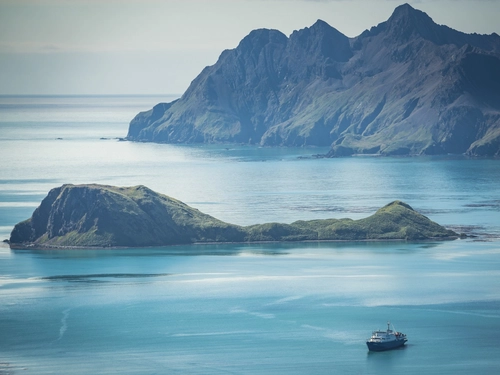
Falkland Islands - South Georgia - Antarctica
 19 Days / 18 Nights
19 Days / 18 Nights
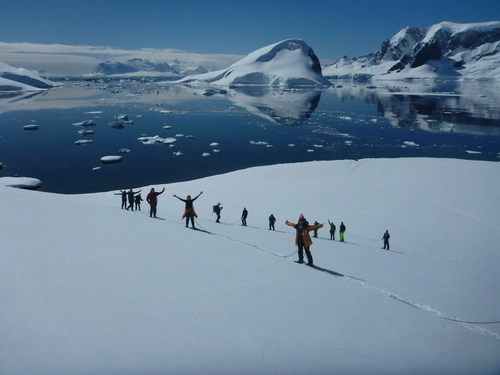
Antarctica - Basecamp - free camping, kayaking, snowshoe/hiking, mountaineering, photo workshop
 13 Days / 12 Nights
13 Days / 12 Nights

Antarctica - Discovery and learning voyage
 11 Days / 10 Nights
11 Days / 10 Nights

Remote Weddell Sea Explorer incl. South Georgia - South Sandwich Islands - Neuschwabenland - Larsen Ice Shelf - Paulet and Devil Island - Elephant Island, incl. helicopters
 28 Days / 27 Nights
28 Days / 27 Nights

Falkland Islands - South Georgia - Elephant Island - Antarctica - Polar Circle
 23 Days / 22 Nights
23 Days / 22 Nights

Antarctica – Uncharted islands of the Deep South
 15 Days / 14 Nights
15 Days / 14 Nights

Deep South Basecamp experience
 14 Days / 13 Nights
14 Days / 13 Nights

Antarctica - Elephant Island - Weddell Sea - Polar Circle - Aurora Australis / Southern Lights
 15 Days / 14 Nights
15 Days / 14 Nights

Antarctica - Whale watching discovery and learning voyage - Aurora Australis / Southern Lights
 11 Days / 10 Nights
11 Days / 10 Nights

Antarctica - Weddell Sea Explorer Basecamp - free polar activities (kayaking, hiking, photo workshop, snorkeling)
 13 Days / 12 Nights
13 Days / 12 Nights

Antarctica - Beyond the Polar Circle - whale watching - Aurora Australis / Southern Lights
 12 Days / 11 Nights
12 Days / 11 Nights

Antarctica - Whale watching
 10 Days / 9 Nights
10 Days / 9 Nights
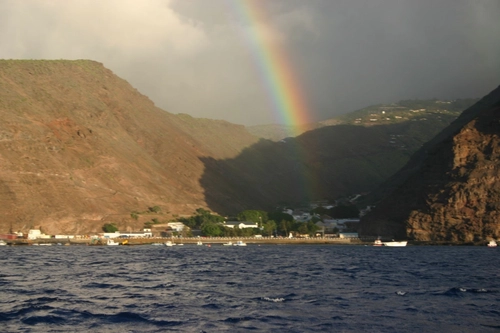
Atlantic Odyssey, excl. Antarctic Peninsula
 24 Days / 23 Nights
24 Days / 23 Nights

Falkland Islands - South Georgia - Antarctic Peninsula - Photography special
 21 Days / 20 Nights
21 Days / 20 Nights

Falkland Islands - South Georgia - Antarctic Peninsula
 21 Days / 20 Nights
21 Days / 20 Nights

Falkland Islands - South Georgia - Antarctic Peninsula - Birding
 19 Days / 18 Nights
19 Days / 18 Nights

Antarctica - Discovery and learning + Long hikes
 11 Days / 10 Nights
11 Days / 10 Nights

Bellingshausen Sea / Peter I Island + Ellsworth Land - incl. helicopters
 25 Days / 24 Nights
25 Days / 24 Nights

Antarctica - Weddell Sea Explorer
 11 Days / 10 Nights
11 Days / 10 Nights

Antarctica - Polar Circle - Deep South Discovery voyage - Aurora Australis / Southern Lights
 13 Days / 12 Nights
13 Days / 12 Nights

Antarctica - Whale watching discovery and learning voyage
 11 Days / 10 Nights
11 Days / 10 Nights

Antarctica - Elephant Island - Weddell Sea - Polar Circle
 15 Days / 14 Nights
15 Days / 14 Nights
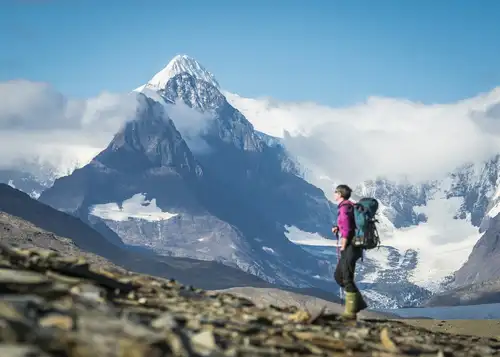
15 Fantastic Photos of Antarctica
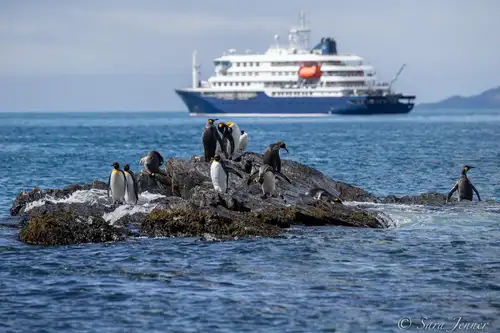
Weddell Sea, Shackleton’s Endurance, and New Swabia
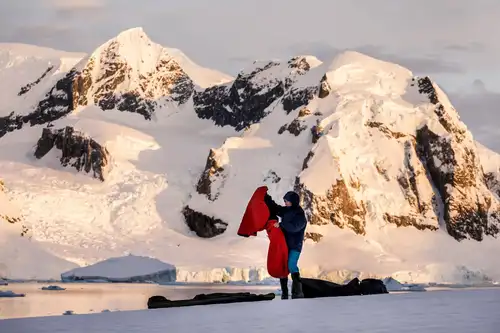
Camping in Antarctica: a True Expedition Experience
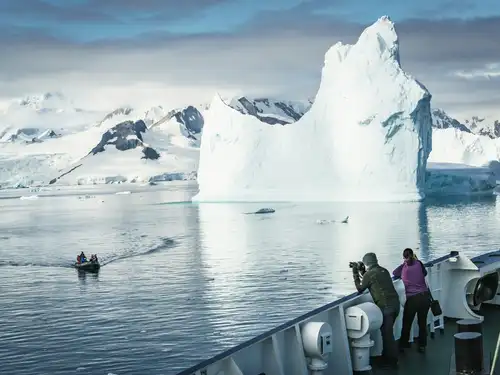
Antarctic Explorer’s Voyage
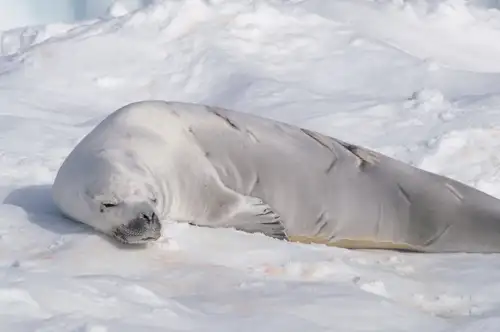
Six Facts About the Crabeater Seals of Antarctica

Albatross, penguin and krill research in Antarctica
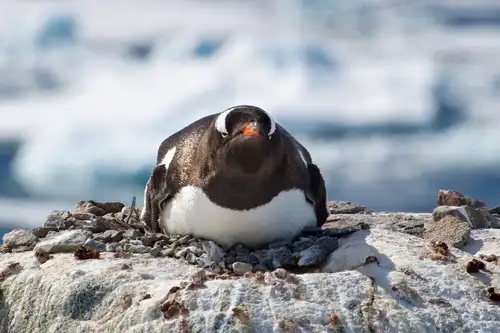
Life in a Penguin Colony

The Research Stations of Antarctica and the sub-Antarctic

Wreck Diving in Antarctica
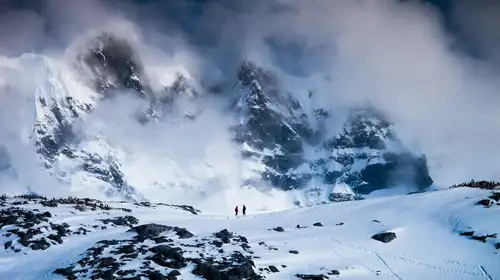
Eight Antarctic Misconceptions
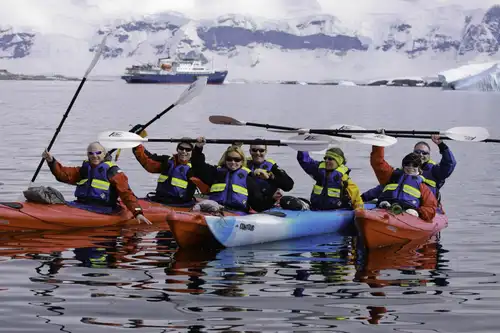
A Day of Basecamp in Antarctica – Paradise Harbour
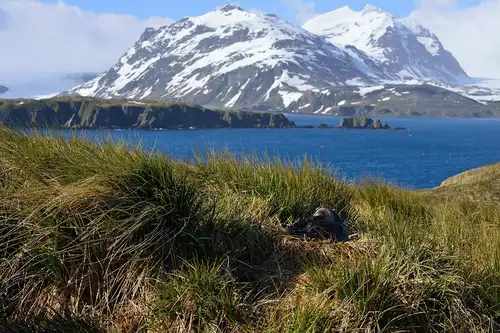
Flowers in Antarctica

Top Antarctica Cruise Experiences for 2025
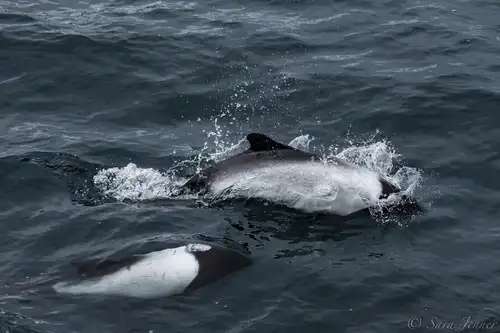
The Small but Social Commerson’s Dolphin
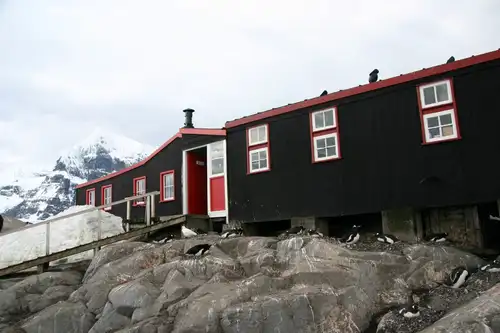
Port Lockroy: History, Post Office, and Resident Penguins

8 Whales You Might See During Your Antarctica Cruise

Of Treacherous Rocks & Audacious Fin Whales
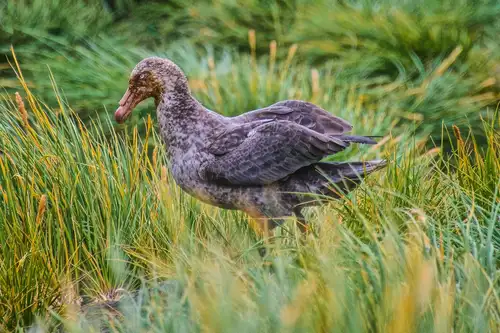
The Giant Petrels of King George Island
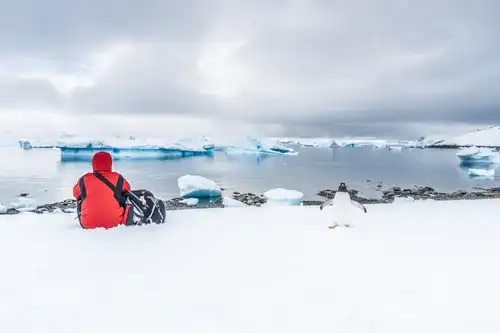
Adding Antarctica to Your Seven-Continents Bucket List
